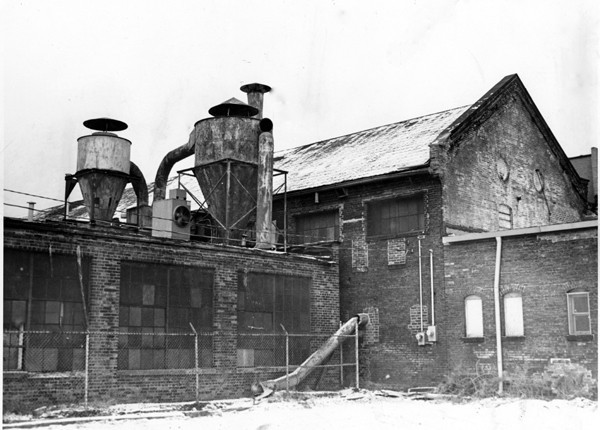The Brewing Industry in Cleveland

The Great Lakes Brewing Company opened in Ohio City in 1988, kick-starting an industry in Cleveland that a few years earlier had appeared to be finished. In 1984, the city's only remaining brewery, C. Schmidt & Sons, closed its doors, becoming the final victim of the brewing industry's trend toward consolidation. The emergence of national beer brands with gigantic production facilities and even bigger advertising budgets hurt Cleveland's breweries -- even those that had retooled and expanded following World War II to become regional producers. The city had nine breweries in 1939, five in 1960, and then none in 1984 with the closing of Schmidt's.
Beer had probably been brewed in Cleveland from its earliest days, but the brewing industry really took off in the 1840s with the arrival of large numbers of German and Bohemian immigrants. Their lager beer (different from "ale," which had English origins) proved to be popular with Clevelanders of all ethnicities, and in 1852 German immigrant Carl Gehring opened the Gehring Brewery at what is today Gehring Avenue and West 25th Street in Ohio City. Other immigrants followed suit, and by 1900 there were 23 breweries in the city. These were generally small, family-run businesses that produced beer for consumption within the city. Already by 1899, however, when ten of Cleveland's breweries merged to form the regional Cleveland & Sandusky Brewing Company, it was becoming clear that only the biggest breweries would survive in the city's increasingly competitive brewing industry.
The start of National Prohibition in 1920 led some Cleveland breweries to permanently close, while others switched to producing juice, soda, or dairy products. Several reopened immediately following Prohibition's repeal in 1933, and by 1939 Cleveland had 9 breweries which employed 1,265 persons and produced over $10 million worth of beverages. New forms of mechanization and expanded sales territories led to increased production at the breweries that made it through Prohibition. Despite further expansions, mergers, and regional sales strategies, though, none of Cleveland's breweries could compete with the national brands that emerged after World War II.
The success of the Great Lakes Brewing Company, however, has brought brewing back to Cleveland. Several microbreweries now operate in the city, with the most recent opening in a space next to the West Side Market. How fitting that Ohio City, home to several breweries during the industry's heyday at the turn of the 20th-century, should emerge as Cleveland's new brewing center over 100 years later!
Video
Audio
Images






